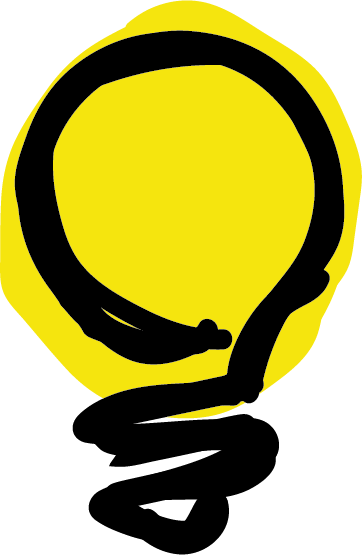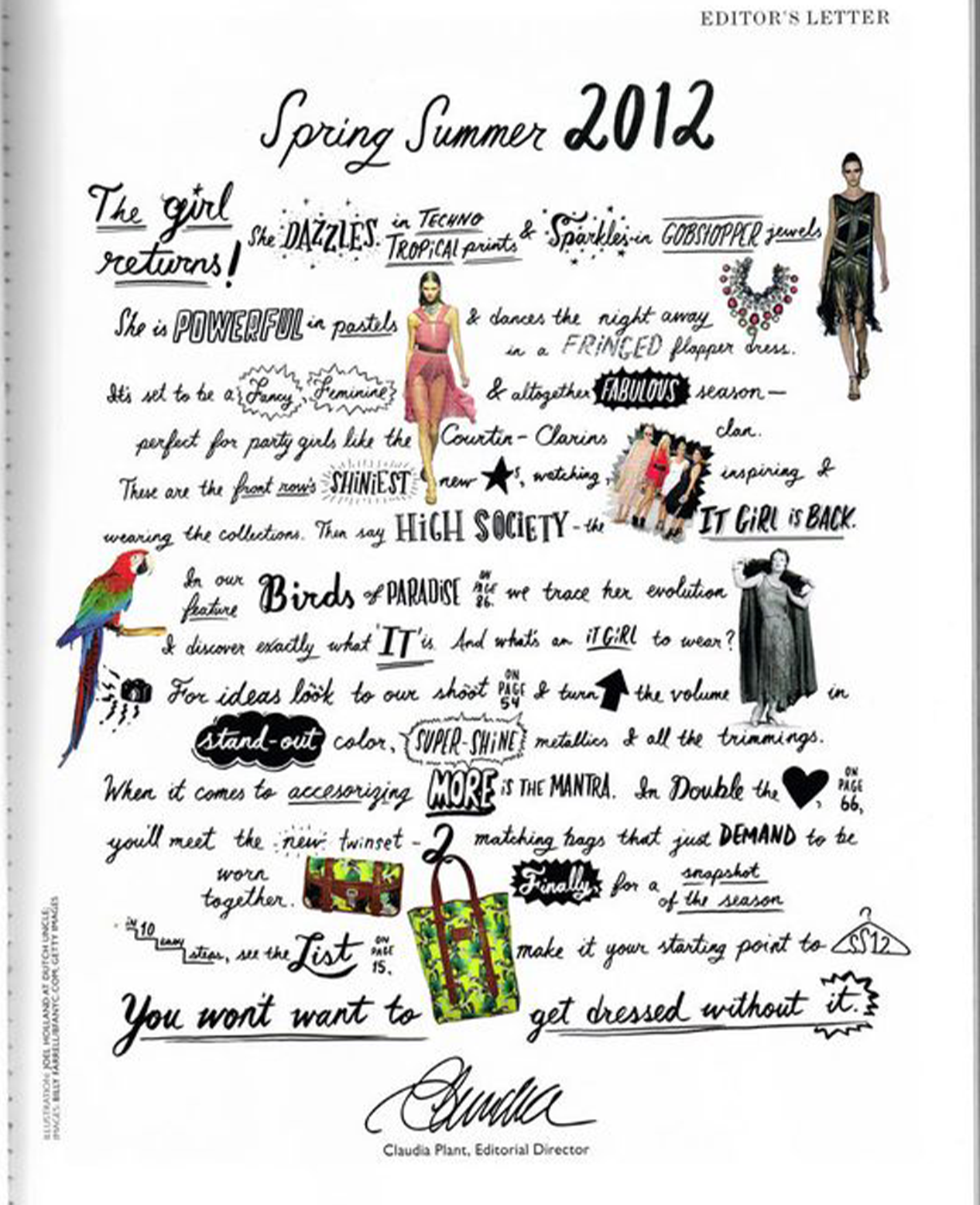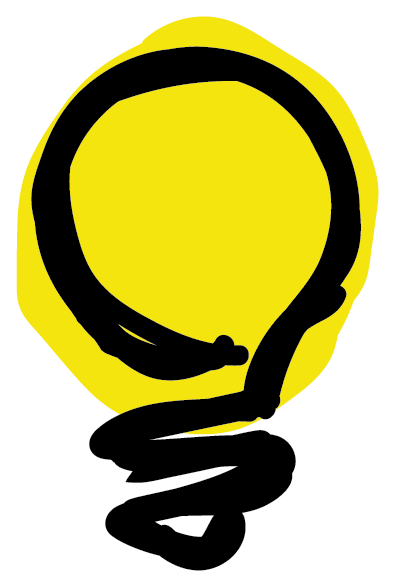Process — 5 Min Read
Mastering Rough Sketches in Design
Interviews — 5 Min Read
Modern Art Exhibition at Avada Galerie
The journey from concept to creation involves a series of explorations and iterations. Among these essential stages lies the realm of rough sketches – detailed blueprints that breathe life into ideas, shaping them into tangible forms. In this post, we talk about the significance of rough sketches and the meticulous process behind their creation.
The Power of Rough Sketches
Rough sketches serve as the bridge between initial concepts and refined designs. Unlike thumbnail sketches, roughs dive deeper into the intricacies of a design, capturing details and nuances with precision and clarity. Here’s why rough sketches are indispensable in the creative process:
Detailed Visualization
Rough sketches provide a comprehensive visual representation of design concepts, allowing designers to explore layout, typography, and imagery in greater detail. By fleshing out key elements, rough sketches offer insights into the spatial relationships and visual hierarchy within a design composition.
Iterative Refinement
Just as with thumbnail sketches, roughs embrace the iterative nature of design. Designers use rough sketches to test different ideas, experiment with variations, and refine their concepts based on feedback and critical analysis. Each iteration brings the design closer to its final form, honing the details and enhancing the overall impact.
Effective Communication
Rough sketches serve as powerful communication tools, enabling designers to articulate their ideas with clarity and precision. Whether presenting concepts to clients, collaborating with team members, or discussing design strategies, rough sketches facilitate meaningful dialogue and foster a shared understanding of the design vision.
Crafting Detailed Rough Sketches
To create impactful rough sketches, attention to detail and precision are paramount. Here’s a step-by-step guide to mastering the art of rough sketching:
- Headlines and Subheads
- Write out headlines and subheads in bold, clear lettering, emphasizing the hierarchy of information within the design.
- Body Copy Representation
- Represent body copy using lines or placeholders, indicating the flow and structure of textual content without delving into specific details.
- Imagery Sketching
- Sketch imagery in detail, placing each element in its respective location within the composition. Pay close attention to proportions, perspective, and visual balance to ensure a cohesive and engaging design.
- Utilize a Ruler
- Employ a ruler to draw straight, crisp lines, maintaining consistency and precision throughout the sketching process. Straight lines convey professionalism and clarity, elevating the quality of the rough sketch.
- Embrace High Contrast and Brightness
- Ensure that all elements within the rough sketch exhibit high contrast and brightness, enhancing visual clarity and readability. Sharp contrasts draw attention to key focal points, guiding the viewer’s eye through the design.
Examples
IMAGE HERE
Elevating Design Through Detailed Rough Sketches
In the realm of design, rough sketches serve as catalysts for creativity, guiding the evolution of ideas from conception to realization. By embracing the meticulous process of rough sketching and adhering to the principles of precision and clarity, designers can breathe life into their visions, transforming abstract concepts into tangible masterpieces.
Get updates about our next exhibitions
We will process the personal data you have supplied in accordance with our privacy policy.



